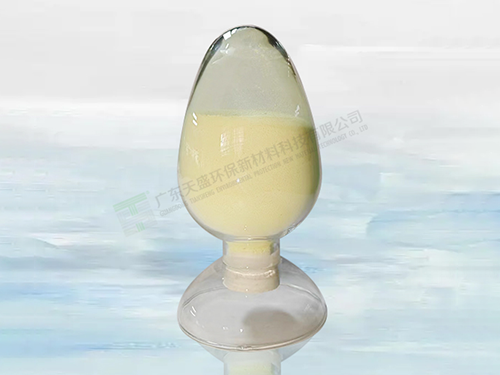
1.What is a fluorescent whitening agent?
Fluorescent whitening agents themselves are almost colorless dyes that can absorb harmful ultraviolet rays from light, converting some into their own vibration energy and the other into visible blue light. This way, the clothes look whiter and more vibrant. In fact, it utilizes a visual effect.
2. Is the fluorescent whitening agent radioactive?
This Japanese borrowed name has raised concerns and misunderstandings about its radiation. The fluorescent whitening agent itself does not have any radiation. It will instead absorb harmful ultraviolet radiation from sunlight and undergo harmless transformation. Therefore, the name "optical brightener" is more suitable and appropriate.
3. What does fluorescent whitening agent rely on to brighten clothes?
Whitening agents convert harmful and invisible ultraviolet rays in light into visible blue light, making clothing visually brighter and whiter. The energy of ultraviolet radiation is relatively high, and although some energy is lost during conversion, the intensity of the blue light formed is still high, "neutralizing" the unsightly grayish yellow color, making the fabric look brighter. Fluorescent brighteners are never like coatings to "cover" unwashed stains. Because its adsorption capacity on the fabric is too low, only at the ppm level, which is one millionth of a million, it is not enough to "cover" stains tens of thousands of times its size. It mainly relies on the bright blue purple light converted from ultraviolet radiation to achieve a visually brighter, whiter, and more vibrant effect.
4. Can fluorescent whitening agents cause skin irritation or allergies?
A large amount of toxicological data shows that the whitening agents currently used in detergents, even at a maximum dosage of 10 times or more, do not cause skin irritation or allergies and are very safe. In the early days, there was a pyrazoline type whitening agent used on acrylic fibers that had slight skin irritation, but it was discontinued 30 years ago and has never been used in China, nor has it been used in detergents. Some consumers may mistakenly attribute temporary skin irritation caused by clothing fibers, residual alkali, or other factors to a certain component in the detergent. At the same time, there is a difference between temporary skin irritation and allergies, and ordinary consumers often inaccurately describe irritation as "allergy".
5. What is the difference between fluorescent brighteners and bleaches?
Fluorescent whitening agents use their optical conversion principle of absorbing ultraviolet light and emitting visible blue violet light for "physical" whitening; Bleach is a chemical process that uses strong chemical action on the matrix to destroy the hair color structure of yellow or colored substances. There is a significant difference between the two. The flour "whitening agent" benzoyl peroxide, which has been making a lot of noise recently, is actually a chemical bleaching agent, and it is inappropriate for ordinary consumers and even scholars to hastily classify it as a "whitening agent".
About
Brief introduction Application Certificate Laboratory Connectproduct
Post finishing agent Enzymatic water Brightener Printing/Coating Additives MoreNews
Dynamic Lnformation Common
Mobile website

TRL:+86 0769-88124837
Chinese mailbox:dgtshdrl@163.com
English mailbox:postmaster@tianshengchem.com
Guangdong Tiansheng Environmental Protection New Material Technology Co., Ltd. Copyright © 2023 all rights reserved